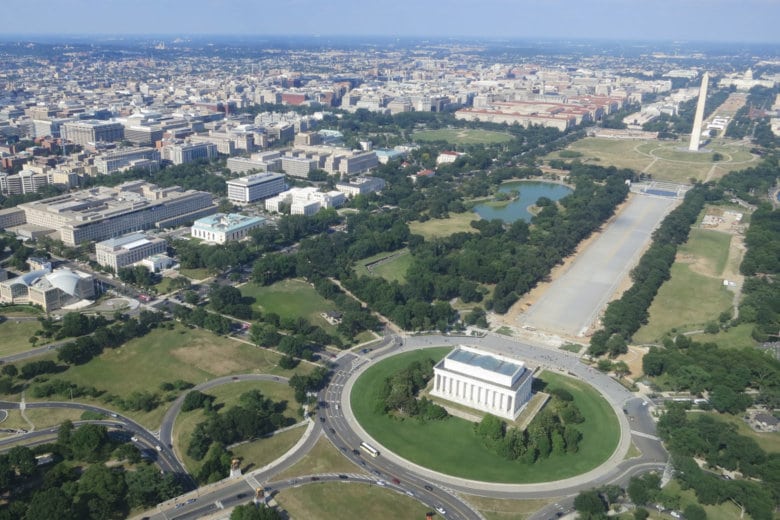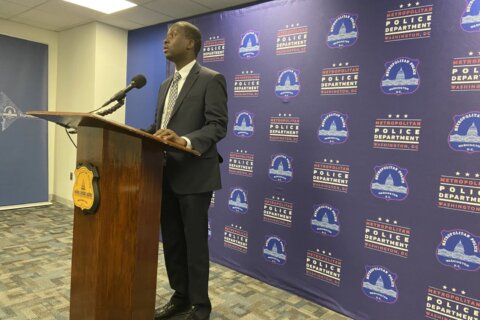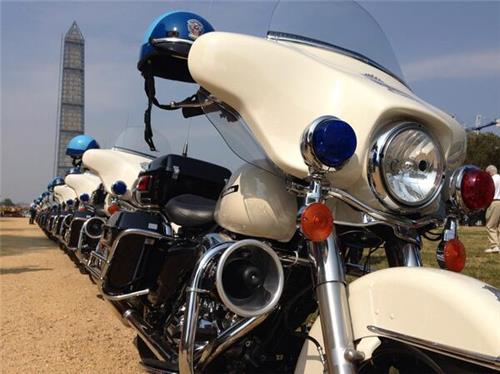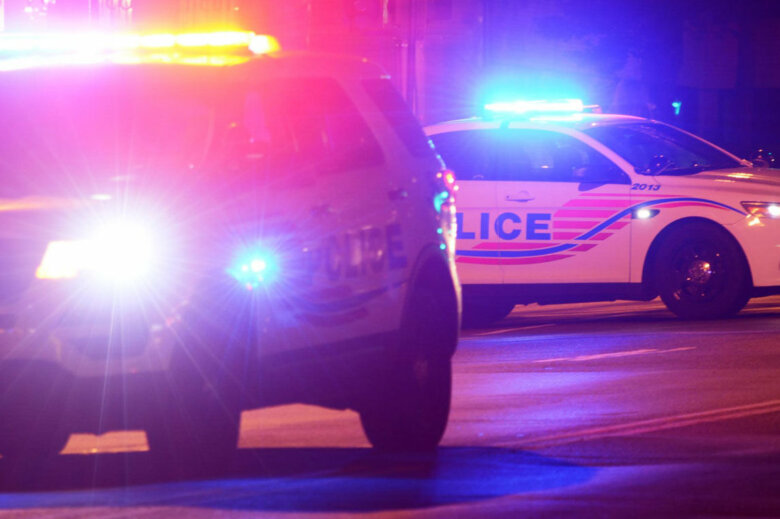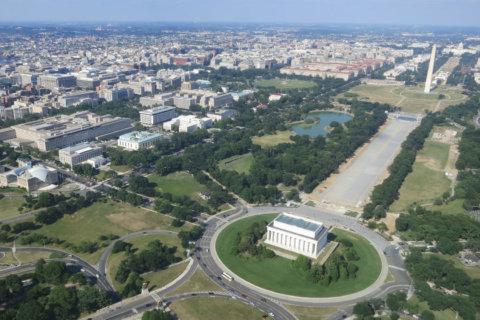
WASHINGTON — The first Indigenous People’s March will feature speakers, song, dance and prayer, calling attention to the injustices organizers say indigenous people worldwide face, including police brutality, voter suppression, human trafficking and more.
When and where is it?
It’ll start Friday with an 8 a.m. gathering and prayer outside the Building of Interior Affairs, at 1849 C St. NW.
Then, the march will go east on C Street, south on 18th Street and cross to Constitution Avenue, ending in a 10 a.m. rally at Henry Bacon Park, north of the Lincoln Memorial between Henry Bacon Drive and 23rd Street Northwest.
What about the shutdown?
No problem; the march is still on.
“Permits allowing events to take place will be issued for First Amendment demonstrations on the National Mall whose applications were submitted prior to the lapse of appropriations,” National Park Service spokesman Mike Litterst told WTOP last week.
“These include the Indigenous People’s March and March For Life on Jan. 18, and the Women’s March on Jan. 19.”
What about the weather?
It’s a go — rain, snow or shine, organizers say. There’ll be a heating tent in the Constitution Gardens, and heating vans on Francis Bacon Drive and 12th and 9th streets.
What is the weather looking like, anyway?
So far, it looks like rain will mix with snow, with highs in the upper 30s.
Check back with WTOP’s Weather page.
How can I get there?
The closest Metro stop to the start of the route is Farragut West, on the Orange, Silver and Blue lines, at 18th and I streets Northwest. The closest Red Line station is Farragut North, at K Street and Connecticut Avenue; if you get there on the Red Line, it’s not worth the time to change trains to get the couple of blocks closer at Farragut West.
You can also get really close on the H1, L1, X1, 820, 830 and 840 buses.
Advice for Metro newcomers:
- Metro runs on SmarTrip cards, which you can (and should) load up at machines in the stations before your trip.
- Let people get off the train before you get on.
- That said, be quick about getting on. If you’re waiting for a train and see most people congregated at one spot on the platform, head for a less-populated spot — spread the crowd out a bit.
- Know that Metro doors are not like elevator doors — don’t stick your hand or foot out at a closing door thinking it’s going to spring open.
- There is no eating, drinking or smoking on Metro.
- If you want to stand on the escalators, stand to the right. Leave the left side to people who are walking down.
- Here’s Metro’s map of their system, and here’s the bus timetable.

